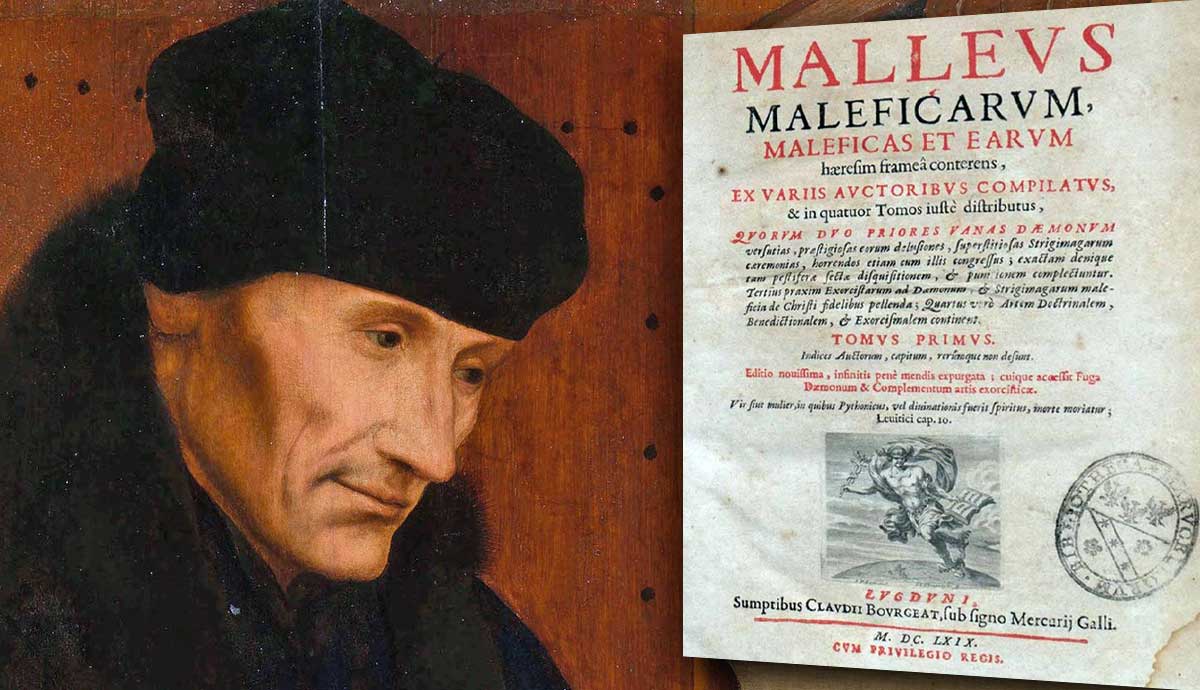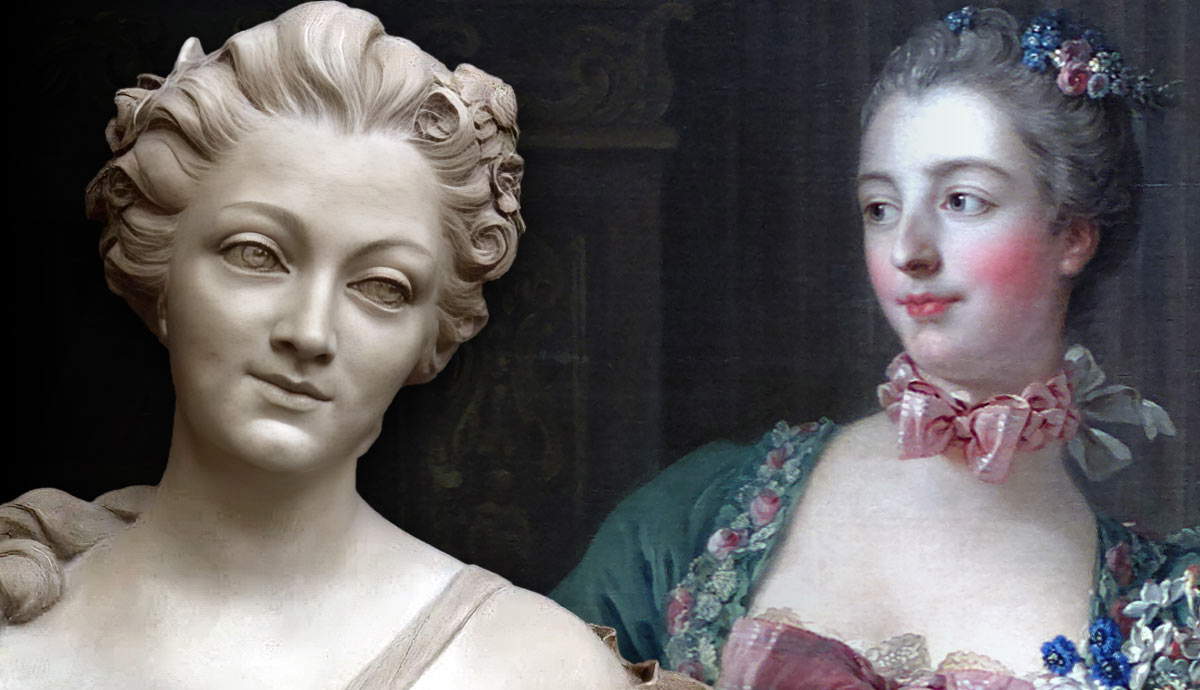
The Malleus Maleficarum, or The Hammer of Witches, is one of the best-known texts on how to identify a witch and how to punish them. This book was written by Heinrich Kramer and published in 1486. Witchcraft in Western Europe before this time was seen as eccentric, rather than criminal. Perhaps this was because many people believed in magic or superstition, and religion, especially Catholicism, was a large part of their life.
While witches might have been regarded with some degree of suspicion or considered misfits, it was rare for people to be prosecuted for witchcraft in Western Europe before the 14th century. However, Kramer’s text marked a watershed moment when witch trials were beginning to take place, and it emphasizes the cruel and unjust treatment of women who existed on the fringes of society.
Who Were the So-called Witches?

Many of the so-called witches in Kramer’s guide were ostracized female members of society—widows, elderly, alcoholics, mentally ill, or outspoken. It’s important to understand what Early Modern Europe considered witchcraft to be and what they feared about witches. While the trials convicted a person of witchcraft, the true crime was the heresy they were committing by being witches.
Witches supposedly consorted with the devil, who to Early Modern Europe wasn’t just a figure or impulse that the devil is often considered to be today, but a living flesh manifestation you could physically touch and have carnal relations with. In their minds if you consorted with the devil, you were deliberately turning your back on the church and God, which at that time was a crime.
Kramer & the Hammer of Witches

Heinrich Kramer was born in the 1400s in Schlettstadt. He was an inquisitor (an official of an inquisition), whose job it was to hunt out heretics. There were several main inquisitions in history, including the Roman Inquisition, the French Inquisition, and German Inquisition. These were mainly put together by the Catholic Church, but occasionally rulers like Queen Isabella would have a hand in them. Kramer was sometimes considered extreme in his own circles, and was even reprimanded for his behavior during some witch trials.
Let’s discuss the actual text of the Hammer of Witches. There were five distinct sections: 1. justification, 2. papal bull, 3. approbation by professors of theology at University of Cologne, 4. table of contests, and 5. the main body. Some descriptions of witches within the text give them a “crone-like” and hobbled appearance, with wrinkles, hair in the wrong places, and scolding tongues.
Witches were also described as having odd behaviors such as talking to themselves, weird rituals, and odd pets. All of which sounds like elderly women who talk back, or women who have diseases of some kind. Kramer discusses the theory behind witchcraft and its connection to heresy, and the theology of witches and their association with the devil. He discusses actual trials that took place and dedicates an entire section on how to conduct a proper witch trial.
Witch Trials

Unfortunately, the ‘innocent until proven guilty’ maxim didn’t apply to witch trials. Instead, they were reliant on the guilty party proving their innocence, something hampered by the fact that trials could be brought by witnesses claiming witch behavior. Torture was frequently used to press victims to confess. The Hammer of Witches outlined exactly how to go about extracting confessions from the accused using torture.
This general map of victims of witch trials highlights where the majority of witch trial activity occurred. While witch trials took place across Europe, the concentration was in the area that is now Germany and at the time was the Holy Roman Empire. The further you were from the center of the bullseye the better the chances if you were on the outskirts of society.
Despite this, there were some who were outspoken against Kramer’s work. Theologians of the Inquisition at the Faculty of Cologne—a university in Cologne, Germany that was established in 1388, condemned the book for being unethical and containing illegal procedures.
The Salem Witch Trials

Hammer of Witches was used primarily in Europe and had nothing to do with the one of the biggest witch hunts in America – the Salem witch trials of 1692, which were drastically different. Rather than a specific hunt for heretics, it started in Salem with some children who had fits, blamed it on residents, and created mass hysteria.
Unlike what many types of media portray, burning witches only took place overseas – witches were not burned in the United States. Most of the Salem so-called-witches were hung for bearing false witness and committing perjury by lying that they weren’t a witch. Such victims were in an impossible situation – if they had stated they were a witch and found to be lying, they would have also been punished. One unfortunate man (one of the few ever accused of witchcraft in America) was pressed to death by rocks after refusing to claim or deny being a witch.
Does the Myth Persist Today?

While the actual witch trials eventually tapered off, the damage was done. A lack of surviving documents hampers the true numbers, but at least 12,000 executions from witch trials can be positively verified. Scholarly estimates are between 35,000-50,000. Other texts were published about specific trials and accounts of witches, and texts about how to deal with witches, but Kramer’s text remained on the most well-known and widely published.
Following its success, Kramer published several texts through his lifetime and died sometime in the year 1505 in Moravia. Meanwhile his legacy lives on – The Hammer of Witches is used in many college classes to highlight the devastation of the witch trials.
Kramer’s text played a key role in defining what a witch looked and behaved like, and while few would believe in real witches today, his stereotype is still a key part of contemporary culture, appearing in children’s stories, Halloween costumes and television shows. In Monty Python and the Holy Grail, for example, they play up the myth by having the townspeople try to convict a woman for looking like a witch with her dirty appearance and hooked nose (which she states they put on her).










